|
This month, I'm sharing with you some tips on how to have a stress-free move, including some suggested packing supplies to have on hand. I've also added a website where you can check to see if a transport company is registered or has any complaints lodged against it. For even more moving tips CLICK HERE and watch Carl's vlog filled with practical advice and insights on how to make your move smoother and more organized.
0 Comments
Additional Notes from Carl Johnson You can find any reason to be worried nowadays… and to have peace of mind when it comes to your home’s safety and security is priceless. Consumer Reports released an article titled Keep Your Home Safe and Secure - Consumer Reports where they give key tips to help you ensure your home is set up in the case of an emergency to best help you as a home owner. In this article I highlight facts that as your Realtor and friend I feel are valuable to you and your home. The following sections are from a Consumer Reports article by Janet Siroto from February 02, 2023. Protect Your Home From the Outside Rain, snow, sleet, hail, and heat waves can all take their toll on your home. And sometimes, a critter or even a burglar may attempt a perimeter breach. Fear not: It doesn’t take a massive amount of effort or a huge investment to protect your place. With a bit of planning and some smart prep work, you can keep your property in prime condition. CARL’S NOTE: CLICK HERE to read about our feature article on Home Inspections to learn about the many options you have as a home buyer. An inspection may cover your home from roof to basement and all that is in between to help give you an idea of areas of the home that may need better improvements and protections. Roofs, windows, doors, and radon levels are a few of the inspections that are available to you. Photo by Adrien Olichon Inspect the Roof Leaks tend to be a major issue—and fixing damage to the surface of the roof or the rafters can cost a bundle: A new roof costs, on average, $8,994 (more if the roof framing needs replacing). You could try to spot potential problems with binoculars, but that probably won’t tell you the full story (and please, no climbing on the roof yourself). “A proper roof inspection involves checking five zones: the home’s interior, attic, perimeter, exterior, and the rooftop itself to look for existing and emerging issues,” says Paul Watrous, president of the National Roof Certification and Inspection Association (NRCIA). This process identifies where moisture might be seeping in; any cracked, curled, or missing shingles; and issues with flashing around skylights, chimneys, and vents. Though you may see contractors offering free inspections, Watrous cautions that these can come with a hidden price. “They’re doing free work as a potential first step to paid work,” he says. “Know what you are getting into and check the company’s references.” An alternate route: Pay an NRCIA-licensed professional (search by ZIP code) to perform an annual inspection. For a 2,500-square-foot house, this is likely to take about an hour and cost around $400; if the roof is in good shape, you can add a roof certification for two years at about $350. While this won’t cover damage from hurricanes and other acts of God, if your roof leaks for other reasons, the repair will be free. CARL’S NOTE: As important as it is to take care of your roof it is just as important to take care of your home’s foundation. CLICK HERE to read our article on 4 Tips: Creating Healthy Foundations for your home. Taking the time to make sure your house foundation is clean, strong, and protected can save you much heartache and money! Clean Those Gutters If your gutters are packed with fallen leaves, pine needles, and other debris, water can cascade over the edges and seep inside your home, causing damage. If the wet mess in your gutters freezes during bitterly cold days, ice dams can damage the gutters and prevent them from routing melting ice and snow. Getting your gutters thoroughly cleared once or twice a year costs about $160 per cleaning (this is the national average; actual costs can vary depending on your location and the size of your house). Flushing out the downspouts could add $50 to $100. Or you can install a gutter-guard system (between $100 and $2,000 for 200 feet installed, depending on the material you choose; steel mesh is considered top-notch). This offers fire-prevention benefits as well. Seal Up Possible Leaks In addition to keeping your roof in good shape, consider having a qualified contractor caulk and brace roof soffit vents to reduce the amount of water blown into your attic during hurricane-force winds and rain. While you may be tempted to caulk your windows, proceed with caution, says Kurt Clason, remodelers chair of the National Association of Home Builders and owner of Clason Remodeling in Ossipee, N.H. “Except for homes with wood windows, you probably have composite window frames, which need to move and contract as the temperature changes,” he says. “You don’t want to interfere with that.” But Clason does recommend using a bead of caulk to seal thresholds of exterior doors. Prevent Hail Damage In 2018 there were 4,611 hailstorms across the country. They can harm outdoor equipment and lead to water damage. If you live in a hail-prone area, use covers to shield essential gear, such as your air conditioner, pool mechanicals, and grill. These covers can be made with solid plates or breathable mesh that doesn’t interfere with functioning. They’re sometimes referred to as “armor top” covers and can be purchased online for about $40. Do a Tree and Debris Check When a heavy tree limb goes flying midstorm, it can wreak havoc on your roof, windows, or car. A trained arborist (look for your state’s arborist association for leads) can check trees’ location and health and recommend pruning or other action. You’ll want to repeat this process every three years or so. The cost of professional tree trimming averages $460 but varies greatly. Tree removal costs about $750 but can run from $200 to $2,000 or higher (if, say, you have a gigantic old tree in a hard-to-reach spot). You may be able to cut small branches safely and effectively yourself with hand pruners or a telescopic pole saw. It’s also important to have at least a 5-foot buffer around your home that’s free from yard debris and dead plants. These are a tremendous fire risk, says Ian Giammanco, PhD, lead research meteorologist at the Insurance Institute for Business & Home Safety. Shield Chimney Openings Few people want squirrels, bats, birds, and other wildlife taking up residence inside their home. To keep out unwanted visitors, make sure chimneys are capped; installing a cap typically costs about $300. Look for one that has wire-mesh panels, says the NAHB’s Clason. A cap can also reduce the chance of embers drifting out of your chimney and starting a fire. Do a Perimeter Check Take a look at your home from the yard and the street as if you were a thief. Are there bushes you could hide behind and then pry your way inside? Can you see valuables? Small moves like cutting back shrubs and closing the curtains can help to secure your property. Evaluate the Entrances Exterior doors should be metal or solid wood, at least 1¾ inches thick. Otherwise, they are too easy to bash in. Do you have sliding patio doors? Do they lock well? If not, replace or secure them. Options include adhesive film that makes the glass harder to break and rods to stop thieves from jimmying the doors. Make sure all window and door locks are working—and use them. Deadbolts with a pick-resistant cylinder are best for doors (see our door lock ratings and buying guide); the strike plate should be reinforced, or it could give way with one good kick. Install Outdoor Lighting Being bathed in light could send a potential burglar packing. Add motion-sensor bulbs to fixtures near entrances (available at home centers or Amazon, from about $18 for two)—no electrician required. Photo by RODNAE Productions Protect the Inside of Your Home While it’s important to secure your home from the outside, the interior can benefit from a watchful (electronic) eye as well. Indoor monitoring can tell you if there’s any risk to loved ones or pets or stop a problem before it starts—and causes pricey damage. CARL NOTE: CLICK HERE to read our feature article on Smart Home Technologies for your home to learn about how you can tie home securities into your other smart devices. Having any level of home security can protect your home as well as give you comfort in knowing you are safe. From fully monitored professional installed systems to a simple video doorbell, there are a variety of style and pricing options available to you as a homeowner to protect your home. Watch Over the Indoor Environment Smart thermostats, such as our two top models, the Google Nest Learning Thermostat, about $199, and the Honeywell Home T9 RCHT9510WF Thermostat, about $170, connect to a smartphone app, allowing you to remotely control your home’s heating and cooling. This is convenient—and can help you avoid disaster during unexpected cold snaps or heat waves while you’re away. A temperature below 32° F is most likely to lead to pipe damage. But you’ll need to set your thermostat well above that level (some experts suggest 65° F or above) to make sure that the areas inside your walls where the pipes are—which can be much colder than the interior of your home—stay at a safe temperature. A smart thermostat can also help you track heat and humidity. The Environmental Protection Agency recommends indoor humidity in the 30 to 50 percent range to avoid mold, mildew, and bacteria growth, or the humid conditions dust mites (a known allergen) thrive in. Maintain HVAC Systems Have your heating, ventilating, and air conditioning systems inspected every year. The average cost is $75 to $200, and it can help keep your system operating smoothly and economically. What’s more, it can ward off damage, such as a fire from a furnace issue or water damage from your AC’s condensate pan overflowing. Avoid Likely Leaks “A leak detector is like wearing a seat belt,” says Kirk MacDowell, CEO of security consulting firm MacGuard Security Advisors. “You don’t realize its value until you need it.” And you may well need it: About 1 in 60 insured homeowners file a water-related claim every year. These devices either measure the flow rate in pipes on your main water supply or detect water leaking onto the floor. They can be put near your water heater, under sinks, by pipes that run to your washer, and near exterior walls that could freeze. The detectors can be security system add-ons or purchased independently. They can notify you (and possibly a central monitoring station) of leaks, and some can even turn off the water. CR’s testers like the Flo by Moen Smart Water Monitor and Shutoff, $500 to $750, which must be professionally installed, and the DIY Guardian by Elexa Leak Prevention System GVD3, $300 to $406. Don’t Let a Thunderstorm Fry Your Tech Poof! One good lightning strike, and your valuable computer and TV can sizzle their way out of service. Surge protectors are helpful, but Giammanco recommends putting your most valuable devices on an uninterruptible power supply, which is a bigger version of a power strip that looks like a black box. Prices range from around $50 to hundreds of dollars, depending on the type. If you live in an area known for frequent lightning storms, such as central Florida, you might want to consider a whole-home surge protector, a device that goes on your breaker box and costs around $500. Do a Fire-Safety Sweep In 2021, a home fire was reported every 93 seconds in America, and a home fire injury occurred every 47 minutes. Help protect your home and loved ones by requiring all smoking to take place outside and having smokers douse butts to extinguish them; taking care not to leave burning candles unattended; and moving combustible materials (such as papers) away from space heaters—and always turn those off when you leave a room or go to bed, the American Red Cross says. Make sure you have operational smoke and carbon monoxide detectors, such as CR’s top-rated First Alert Smart ZCOMBO-G (1039833) Combination Smoke & Carbon Monoxide Detector, $55, located in or near bedrooms. Change the batteries whenever the clocks spring forward or fall back. Put Security Cameras in the Right Spots If you use security cameras indoors, make sure you position them in locations suited to your specific areas of concern. • If you’re worried about intruders, you’ll want to monitor the area they’ll walk through first if they get inside your front or back door (e.g., the hallway or mudroom). • Add cameras in rooms where your valuables are kept, such as areas where you display collections, have expensive electronics, or keep cash. For privacy reasons, it’s best not to install cameras in bedrooms. • Mounting a camera in a corner usually delivers the widest view; just be careful not to aim it at strong indoor or natural light, which can wash out the video and make it hard to see what’s happening. • Want to keep an eye on pets? Place a camera where they spend most of their time. • If you have an older person living with you and you worry about falls, you might want to install an indoor camera to monitor your home’s staircase. Get a Security System The latest FBI statistics show an estimated annual loss of $3 billion due to burglaries, with an average loss of $2,661. But a security system can be a deterrent. In University of North Carolina at Charlotte research involving 400-plus convicted burglars, about 60 percent of respondents said they would keep moving if a potential target had one. A security system might also save you 5 to 20 percent on your insurance premium, depending on how sophisticated it is. The word “sophisticated,” in fact, describes how this category is evolving. Artificial intelligence and video analytics help cameras and sensors to better distinguish between, say, your dog chasing a squirrel and a burglar attempting to get in, says Elizabeth Parks, president and chief marketing officer at Parks Associates, a technology research and consulting company. Today’s systems can also monitor for smoke and more. Your Home Security Toolkit Keeping your home secure starts with sturdy locks on all entry points. A security system adds another level of protection, alerting you to a breach at any of those entries or to unexpected movement inside the house. A DIY system, such as those from Ring and SimpliSafe, is fairly easy to set up and typically operates via an app on your mobile device, allowing you to monitor it on the go. The equipment in starter kits for these systems varies slightly, but the kits generally include a base station, a keypad, and some combination of door and window sensors, motion sensors, and cameras. Some have a range extender to enhance coverage. Most systems also offer optional extras, from panic buttons to glass-break sensors to smoke and carbon monoxide monitors, for about $35 to $40 each. You can also install smart wireless WiFi-enabled video cameras, a video doorbell, a thermostat, smoke and CO detectors, leak detectors, and more that are independent of a security system but still allow remote control. The above sections are from a Consumer Reports article (CLICK HERE to read the full report): Photo Credit: Keep Your Home Safe and Secure - Consumer Reports Home Security System Basics Considering a home security system? Here are some common components that CR tests, and that you’ll want to be familiar with: DIY security systems: These wireless setups are typically easy to install yourself, without an electrician. They are sold as starter kits, and you can add more components and sensors à la carte. Some offer optional professional monitoring. Security cameras: Wireless security cameras connect to WiFi and can be plugged in for power or run on a rechargeable battery. You monitor them yourself via a smartphone app. Video doorbells: They offer all the features of a wireless security camera while also alerting you if someone rings the doorbell. You probably won’t need an additional security camera covering the same door. Door locks: A high-security drillproof lock is the best option. New smart locks—also available in retrofit versions that add on to an existing lock—offer conveniences such as remote locking and unlocking. Pro-Installed Security Systems The security systems we test are kits that you buy and install yourself with basic tools. But you can also use a company that provides professionally installed systems, such as ADT or Vivint, to design a system for your home and install it. Here’s how to decide which type is best. What’s your budget? A professionally installed system is probably the more expensive option. “I’d estimate $1 per square foot for an installed system that is monitoring all the doors and windows of your home with sensors,” says Kirk MacDowell, CEO of security consulting firm MacGuard Security Advisors. “Video cameras will add to the cost.” You’re likely to pay between $15 and $30 per month for monitoring. A basic DIY setup will cost much less (see above), but adding components—door and window sensors, cameras—can easily drive that price up significantly. How big is your home? If you live in a smaller home with a simple layout, you may be fine with a DIY system. This can be a good solution for renters, too. But if you live in a home with, say, multiple entry points, sliding glass doors, a guest cottage or workshop out back, and other features that make it more challenging to monitor, you might do better with a professionally installed system. Do you want to monitor your system yourself? A pro security system will come with required monitoring (for a monthly fee)—so if an alarm goes off, it will alert the company’s service, and they’ll call emergency personnel. Most DIY systems offer monitoring (and may require it) for a fee each month, but some let you monitor your alerts yourself at no extra charge. See our review of the best self-monitored security systems with no monthly fee. Editor’s Note: This article also appeared in the March 2023 issue of Consumer Reports magazine.” CLICK HERE to read our article on the First Time Homeowner Checklist to see some key points to help you get started to being a homeowner.
NEW at the bottom of this blog page be sure to see the data about two counties at The Crystal Coast. Across the entire Triangle Region, there was a 22.7% decrease in new listings in April. The number of closed sales also decreased between 2022 and 2023, falling from 3,776 to 3,150 or 16.6%. The median sales price was reported as $400,000, while units stay on the market for an average of 27 days. This is making it more challenging for buyers. Sellers are getting the benefit of multiple offers and we are seeing pricing moving in the upward direction in the Triangle of NC. In Chatham County, there was a 14.9% decrease in new listings in April. The number of closed sales increased between 2022 and 2023, rising from 104 to 113 or 8.7%. Median sales prices, though, decreased by 5.2%. In April, Chatham County's median sales price was higher than the median sales price for all MLS listings. In Durham County, closed sales have decreased 21.1% year to date. Median sales price has decreased 2.4% when compared to April last year, falling from $425,00 to $415,000. In April, the Durham County median sales price was higher compared to the median sales price of all MLS listings. The number of listings in Orange County has decreased by 3.7%, from 187 new listings year to date last year to 180 new listings this year. There was a 28% decrease in closed sales. Additionally, the median sales price increased by 8.6%, from $467,500 to $4507,500. In April, the Orange County median sales price was significantly higher the median sales price for all MLS listings. The number of listings in Person County has decreased by 9.6%, from 52 new listings year to date last year to 47 new listings this year. There was a 25% decrease in closed sales. Additionally, the median sales price decreased by 12.1%, from $287,500 to $281,500. In April, the Person County median sales price was below the median sales price for all MLS listings. In Wake County, there was a decrease of 29.8% in the number of new listings year to date compared to last year. The number of closed sales decreased 18.7% percent. The median sales prices decreased by 2.7% year to date, falling to $471,99, which is still higher, though, than the median sales price for all MLS listings. In Carteret County, there were 161 new listings, comprising residential and multi-family properties. There were 139 sold properties in April. While the average list price was $643,950, the average sales price was $559,449. The average list price shows to be increasing in May. In Onslow County, there were 515 new listings, comprising residential and multi-family properties. There were 418 sold properties in April. While the average list price was $378,258, which shows to be increasing significantly in May. The average sales price was $292,769. If you’re ready to buy or sell at the beach in Carteret or Onslow County, Carl Johnson Real Estate can help you at the Crystal Coast. Give us a call at Carl Johnson Real Estate--919-880-0904—to learn more about how we can help get you to where you want and need to be.
To learn more about the Crystal Coast Communities CLICK HERE Check this out, America’s “hidden gems”. Here are some unique suggestions on places to visit in each of the four main regions of the United States – Northeast, Midwest, South and West. These suggestions encompass places such as historical destinations, outdoors adventures and fun near the water. For more fun near our local waters, CLICK HERE and read all about happenings and festivals at the Crystal Coast this summer.
Coworking spaces have been a trend for several years now, providing a flexible and affordable workspace for freelancers, entrepreneurs, and small business owners. With the rise of remote work, coworking spaces have become an essential resource for professionals who require a dedicated workspace outside of their home.
CoworkingCafe, a popular online platform that allows people to find coworking spaces near them, has released its latest report on coworking prices (which can be found here) that ranks the most affordable metropolitan areas for dedicated desk monthly subscriptions. The Durham-Chapel Hill area in North Carolina has ranked third on the list, making it an attractive option for professionals looking for a cost-effective workspace. According to CoworkingCafe's report, the monthly subscription fee for a dedicated desk in the Durham-Chapel Hill area is around $270 per month, which is significantly lower than other metropolitan areas in the United States. The report highlights that the area's affordable cost of living and low office space rental rates contribute to this cost-effectiveness. The report also shows that the region is similarly competitive when it comes to open workspace subscriptions, with a monthly price of $100 per person. This makes the Durham-Chapel Hill area the most affordable metro in the state for this type of coworking space. This is great news for freelancers and small business owners who require a flexible workspace without the expense of renting an office. The affordability of coworking spaces in the Durham-Chapel Hill area not only benefits professionals but also the local economy. Coworking spaces are known to drive innovation and entrepreneurship, and with the competitive prices offered in this area, more professionals can take advantage of these benefits. If you want to stay informed about the latest real estate trends and developments in your area, head to our blog now to read more and stay ahead of the game. Our blog has something for everyone, whether you're a seasoned real estate investor or a first-time homebuyer. Don't miss out on valuable insights and advice – visit us HERE or call us today at 919-880-0904! The May 2023 Institute for Luxury Home Marketing monthly trend report is out now! CLICK HERE to download the full report. We are happy to share this information to you. The following is per the Institute for Luxury Home Marketing May 2023 Market Report: New Mindsets and Location Trends Relocation, migration, and multiple homeownership are not new words in the world of real estate, luxury or not; it’s one of the main reasons that the industry exists. After all, helping people find new homes is a Realtor’s bread and butter. Throughout history, we have seen mass migrations and changes affected by tragic events, such as earthquakes and floods, or by opportunities, such as gold rushes, or, in more modern times, large corporations opening offices in new locations. The affluent have always been able to be more fluid in their real estate decisions and choices, moving or adding new homes to suit their tastes and current requirements. They have certainly exerted their power of influence on the popularity of a location within their own social sphere, often increasing demand and prices disproportionately. However, the pandemic years probably saw the biggest change in the decision process of the affluent as a group, whether it was fleeing from metropolises or being unable to travel at their leisure. These recent moves were anything but typical, with rural and destination locations seeing some of the largest increases of affluent wealth impacting their communities. Equally, through the ebbs and flows of the last three years, the luxury real estate market itself has continued to diversify and often defy expectations. From London to Miami, Los Angeles to Sydney, and throughout the rest of the world’s major markets, the demand for luxury properties has largely continued to grow, albeit at a slower rate. As a result, the level of available inventory has declined, and in some luxury markets, it continues to fall each month. Consequently, prices have either remained stable or are still experiencing increases. Now as the pandemic fades (officially, the World Health Organization said on Friday, May 5th, 2023, that COVID-19 no longer qualifies as a global emergency, making this a symbolic end), what are the long-term effects of the decisions made by the wealthy during the last three years and how does this bode for the future? Priorities Have Changed When dealing with a disease that didn’t discriminate, it hit home for many as to what was important, and they questioned whether they were living their “best lives.” Choices to move away from their current life, move closer to family, find more fulfillment outside of the work environment, or even create a live work arrangement by not having to be in the office became significant attitude changes. According to Katrina Johnston-Zimmerman, Philadelphia-based anthropologist and founder of THINK.urban, during a recent interview with the National Association of Realtors (NAR), the journey starts within. “A lot of people felt a certain urgency for purpose in life and to change the way they were living,” Zimmerman says of the pandemic-induced changes. “This was a cumulative and collective existential crisis. When you’re faced with something really, really up close — ‘Am I happy?’— you’re forced to actually revisit it.” Zimmerman cites the overall change in mindset from “working to live” toward more purpose driven lifestyle decisions as a key shift. Finding a home that fulfills their lifestyle decisions is still at the top of the list for the affluent, and according to a recent report from Coldwell Banker Global Luxury, there was a 10% increase in the number of affluent1 owning three or more homes by the end of 2022. “With remote work expected to be permanent for many high-income earners, secondary desires – like creating generational wealth, the need for long-term wealth-building assets, and a strong push to spend quality time with their favorite people in memorable locales – have coalesced around secondary homes, taking them from a niche market to a mainstay of the affluent lifestyle.” Demand Drives Innovative Thinking As global demand for luxury homes continues to increase it is not only single home builders that have to produce innovative solutions to provide for this group of new home seekers – which is why locations such as New York, Dubai, Monaco, Malaysia, Hawaiian Islands, and others have created new luxurious developments over the last few years. Destination locales such as Park City and Naples in the U.S. or the Okanagan in British Columbia, Canada, have seen builders and developers recognize the opportunity. Once, these were seasonal locations, but with the growing number of affluent deciding to stay or run two-full time residences, the ‘if you build, they will come’ mantra seems to be paying dividends as demand continues to grow from new arrivals too. Move-in ready homes are still in high demand, and for many smaller cities or towns that have become new tech, medical, or educational hubs, the supply of new luxury properties has attracted a new generation of affluent buyers moving to these areas. Three years of non-stop price increases combined with global inflation is also creating a new trend – despite the desire of many not to take on renovations, even the negatives of challenging supply chains and trades are proving for some to be less of a headache than endless searches for properties in inventory short locales. Others are seeing the opportunity to purchase land and build a home – again property taxes and the cost of construction are often working out lower than buying a resale. Currently, homes on the market that need work still feel like a veritable discount compared with move-in ready, but with the lack of inventory, these deals might also soon disappear. The art of selling and buying in this market needs a critical and analytical approach; understanding the realities and setting expectations accordingly will ensure that goals are achieved. For homeowners looking to buy or sell in today’s market, we recommend working with a Realtor who can capitalize on the preferences, trends, and demands in this dynamic and evolving environment. At Carl Johnson Real Estate we use our experience and knowledge to lead our clients in the right direction. CLICK HERE to read more about Carl Johnson, REALTOR®, Broker, Owner, and Founder of Carl Johnson Real Estate. Carl is certified as an Institute for Luxury Home Marketing Specialist, CLHMS, which means he offers superior knowledge and experience in the luxury market. His CLHMS membership also provides him with access to an elite network of contacts and resources that help drive the perfect buyer to your high-end listing or find you your dream home! Using the most up-to-date marketing information, Carl positions your listing ahead of the market curve. Call 919-880-0904 for a consultation or CLICK HERE
We are thrilled and very humbled to announce that Carl Johnson Real Estate has achieved a major sweep, taking home FOUR prestigious certificates of achievement in the Coldwell Banker HPW Chapel Hill office! Carl Johnson’s dedication to excellence in the industry has resulted in an incredible four wins:
We're incredibly proud of Carl and his team for their exceptional achievements and the hard work they've put into making this happen. This kind of recognition doesn't come easily, and it's a true testament to the dedication and expertise of this remarkable team of real estate professionals. Join us in congratulating them on their well-deserved success and this impressive recognition of their outstanding work! At Carl Johnson Real Estate, we're committed to providing exceptional service and results to all of our clients. To experience the difference for yourself, give us a call at 919-880-0904 or CLICK HERE to read what others are saying about us. State of the Local Market: High-speed Fiber Internet Coming to More Homes in Chatham County5/10/2023 Great news for Chatham County! As new housing developments pop up and more people move to the area, residents are demanding high-speed fiber internet. On April 26, 2023, the Triangle Business Journal reported that thanks to a $350,000 grant from the N.C. Department of Information Technology and Charlotte-based Brightspeed laying the fiber lines, hundreds of homes and businesses will have access to high-speed internet.
Karen Howard, Chair of the Chatham County Board of Commissioners, says that this is a huge step for the community and will help bring Chatham County into the 21st century by providing access to high-speed internet for those who previously did not have it. The pandemic has highlighted the importance of high-speed internet, especially in rural areas, where it can be challenging to lay miles of fiber lines for fewer customers. This project is a significant move towards closing the digital divide and keeping Chatham County connected. The installation of the fiber lines is expected to take two years. If you're planning to move to Chatham County, you'll want to take advantage of the new high-speed fiber internet that will (soon) be available in the area. You'll also want to work with an experienced realtor who knows the ins and outs of the community. Carl Johnson Real Estate can help you find the right home in the right neighborhood to meet your needs and can also provide valuable insights into the local real estate market. Don't hesitate to reach out today at 919-880-0904 to start your journey towards your dream home in Chatham County! CLICK HERE to schedule a free consultation! |
Archives
July 2024
Categories
All
|

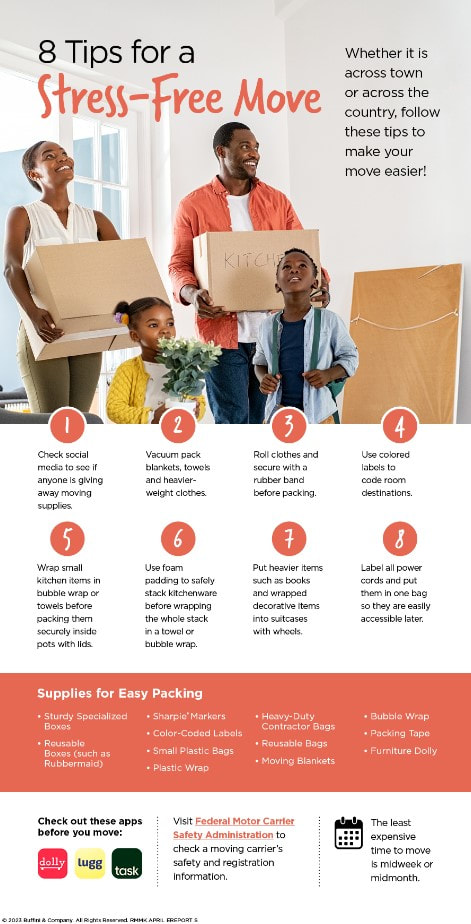

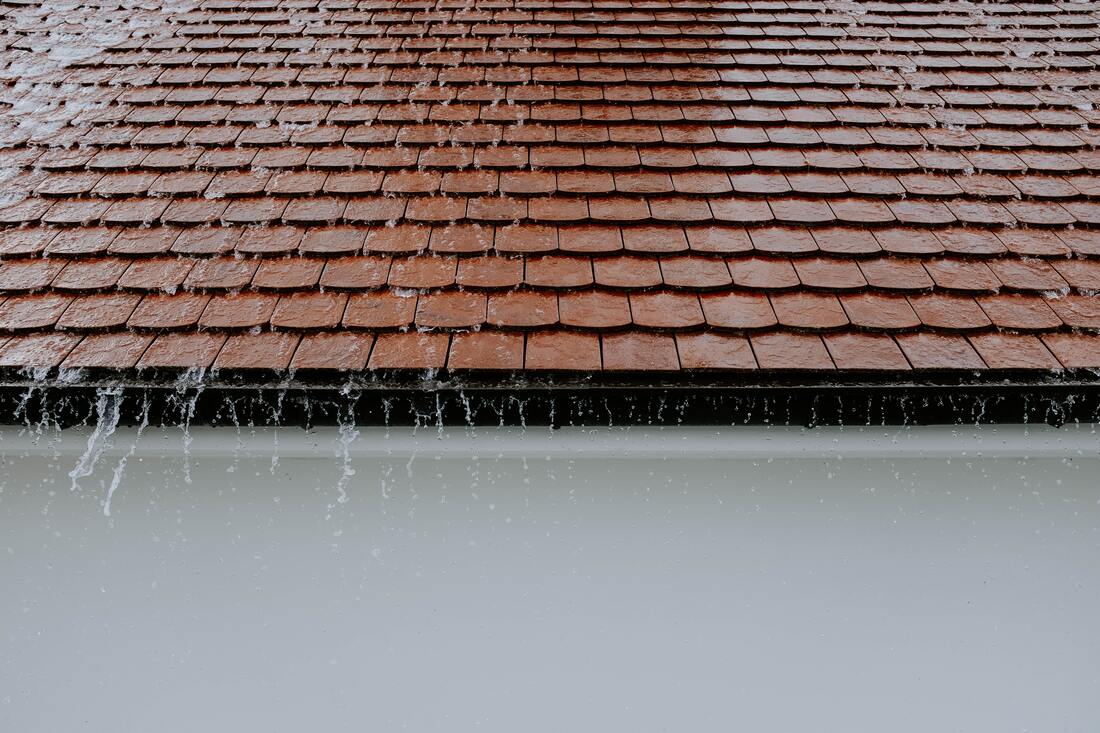
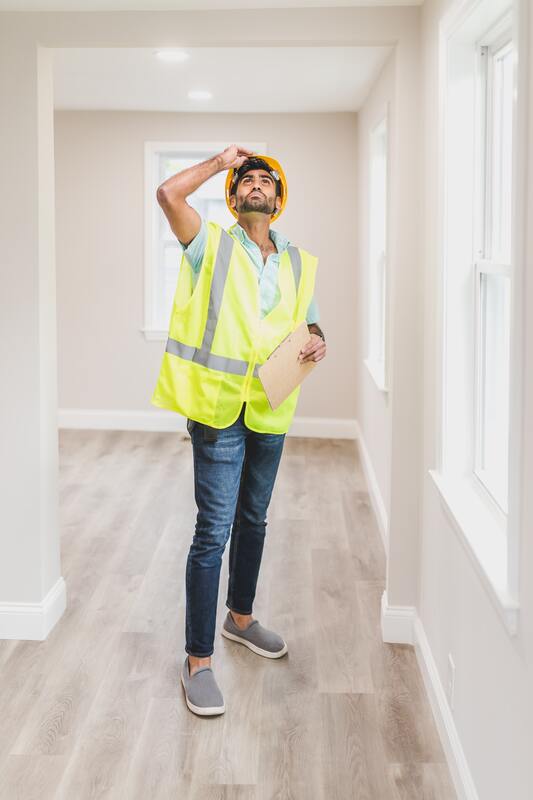








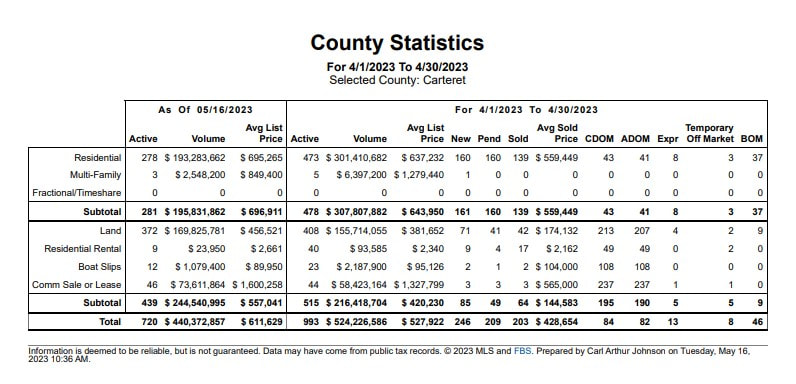









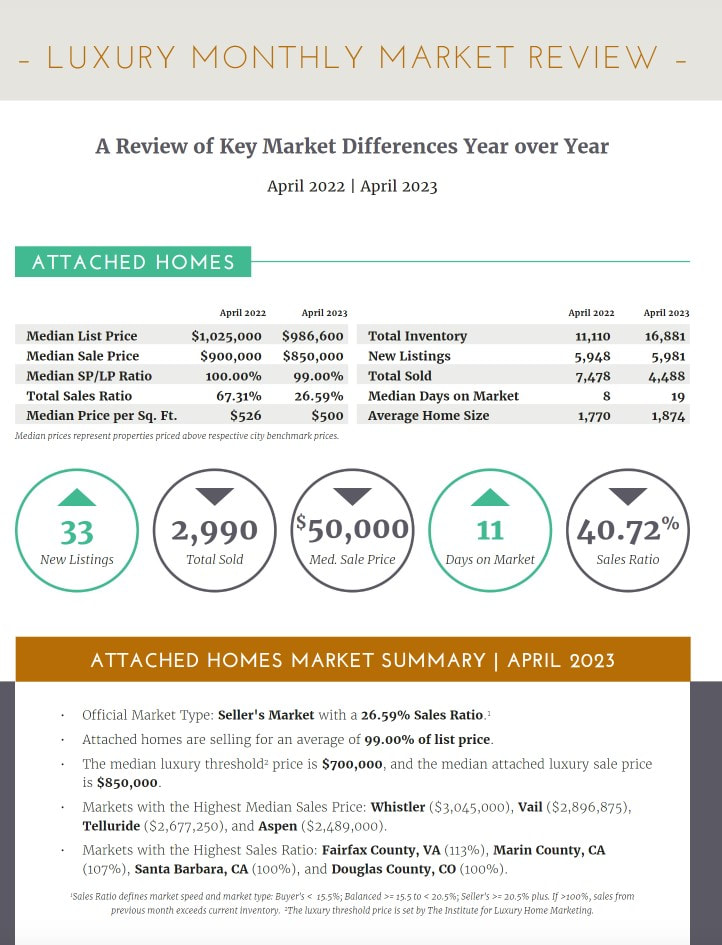


 RSS Feed
RSS Feed